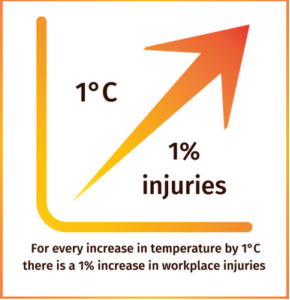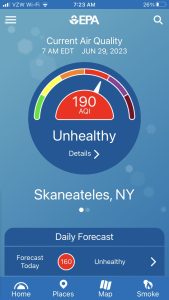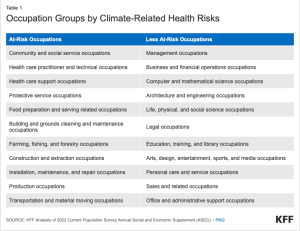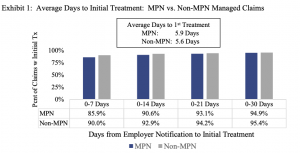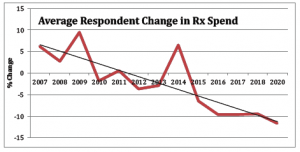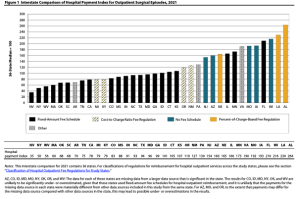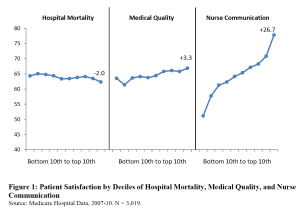A just-published research study found:
Annually almost 800 000 Americans are permanently disabled or die annually due to misdiagnoses.
That is equivalent of a fully loaded (318 passengers) 787 crashing with about a 50/50 split between deaths and serious injuries every three and one half hours every day (24/7) for an entire year.
At that rate, how many tickets do you think the airlines would sell? So why does Big Med get away with it? (thanks to a very insightful reader for this analogy)
And this was based on a study of hospital discharges BEFORE COVID and its attendant staffing crises.
The study in the British Medical Journal comes on the heels of an HHS analysis of diagnostic errors in Emergency Departments that estimated:
- 7.4 million misdiagnosis errors are made every year,
- 2.6 million people receive a harm that could have been prevented,
- another 370,000 are permanently disabled or die because of the misdiagnosis…
- This equates to about 1,400 diagnostic errors every year per emergency room across the country.
In general diagnostic accuracy is pretty good; 1 in 18 patients are inaccurately diagnosed (5.7%).
What’s pretty scary is the diagnosis error rate across hospitals varies “up to 100-fold.”
Notably fractures were among the most commonly misdiagnosed conditions…(p 18)
HHS’ full report is here.
What does this mean for you?
Be your own healthcare advocate and don’t be afraid of questioning physicians.

